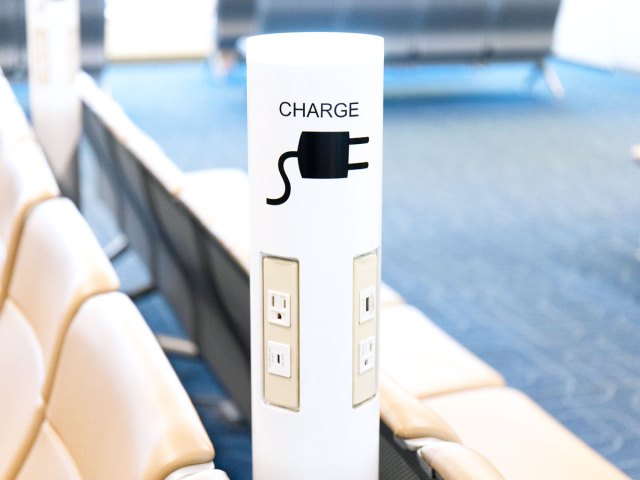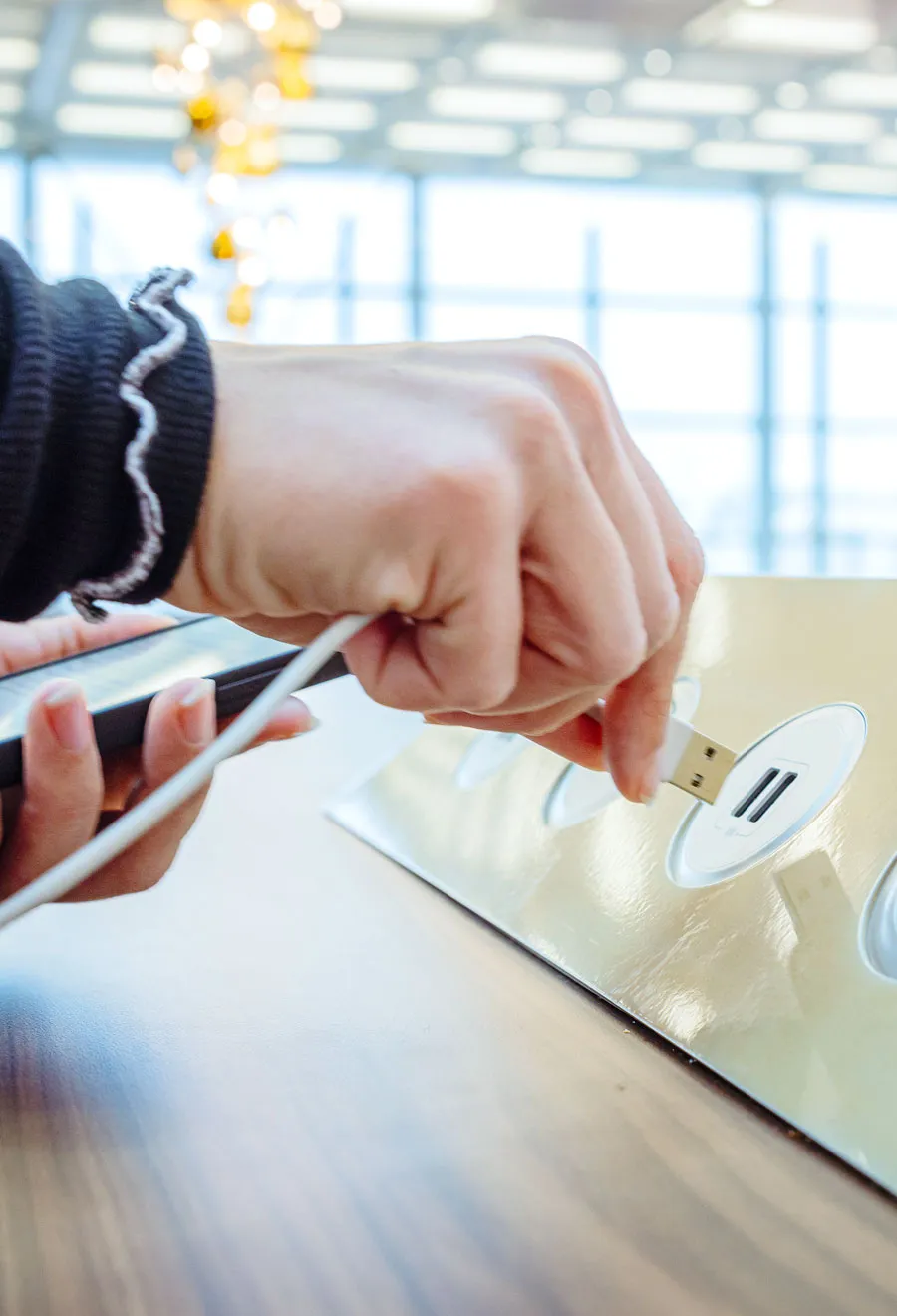The TSA is responsible for ensuring airport safety, but their duties extend beyond the realm of X-ray screening and security pat-downs. The agency also monitors cybersecurity within the transportation sector, and recently, the TSA flagged two common mistakes that flyers make when using their electronic devices at airports. Take a look at how the TSA recommends protecting yourself against hackers and keeping your data safe while at the airport.
Connecting to Public Wi-Fi

In March 2025, the TSA issued two cybersecurity warnings to travelers. The first tip: “Don’t use free public Wi-Fi, especially if you’re planning to make any online purchases. Do not ever enter any sensitive info while using unsecure Wi-Fi.”
The warning concerns the unsecured nature of most public Wi-Fi networks, which puts your personal data at risk of theft. Many unsecured networks — even ones officially managed by an airport — feature loopholes that knowledgeable hackers can exploit. Cybercriminals can steal your personal information, or even install malware on your phone or computer. Some hackers may even create fake Wi-Fi hot spots that seem legitimate, and by the time you enter your sensitive data, your information may have already been stolen.
Instead of using public Wi-Fi, there are several simple alternatives to keep your information safe. First, if possible, use your phone’s data rather than connect to the internet, as cybercriminals can’t access these networks as easily. If you have to use Wi-Fi, consider using a VPN (virtual private network). VPNs connect you to a remote server, which in turn encrypts your data, masks your IP address, and protects any sensitive personal data such as your bank or credit card details.
Using USB Ports

Some airports offer USB charging ports to easily power up any electronic device. But according to the TSA, these ports are susceptible to what’s known as “juice jacking,” in which hackers can steal your data or install malware on a connected device, so you should avoid plugging your phone directly into a USB port.
Thankfully, as long as you’re aware of this problem, it’s easily avoidable. There’s a simple alternative for charging your device: Just use normal wall outlets. Unlike USB ports, a standard wall outlet doesn’t allow for the transfer of data, so your information is kept safe. If you need to use the public USB ports for any reason, consider buying a USB data blocker. These small, handy tools prevent the transfer of data when plugged into a USB port, keeping your data secure from theft.
Airports Are Also at Risk

Unfortunately, it’s not just the general public who’s at risk of being targeted by cybercriminals — it’s also the airports themselves. Last year, hackers targeted the Seattle-Tacoma International Airport, which temporarily derailed its operations and left roughly 1,400 travelers stranded.
In June 2025, the FBI issued a warning about cybercriminal groups who have intricate ways of bypassing an airport’s cybersecurity system and gaining access to sensitive information. This could include personal data about crew members and passengers, internal details about scheduling, and more sensitive information regarding the day-to-day operations of an airport. While such threats do exist and could lead to potential disruptions for travelers, for now the FBI continues to investigate the matter in an effort to ensure everyone’s security.
Featured image credit: SimonSkafar/ E+ via Getty Images
More from our network
Daily Passport is part of Inbox Studio, which publishes content that uplifts, informs, and inspires.























